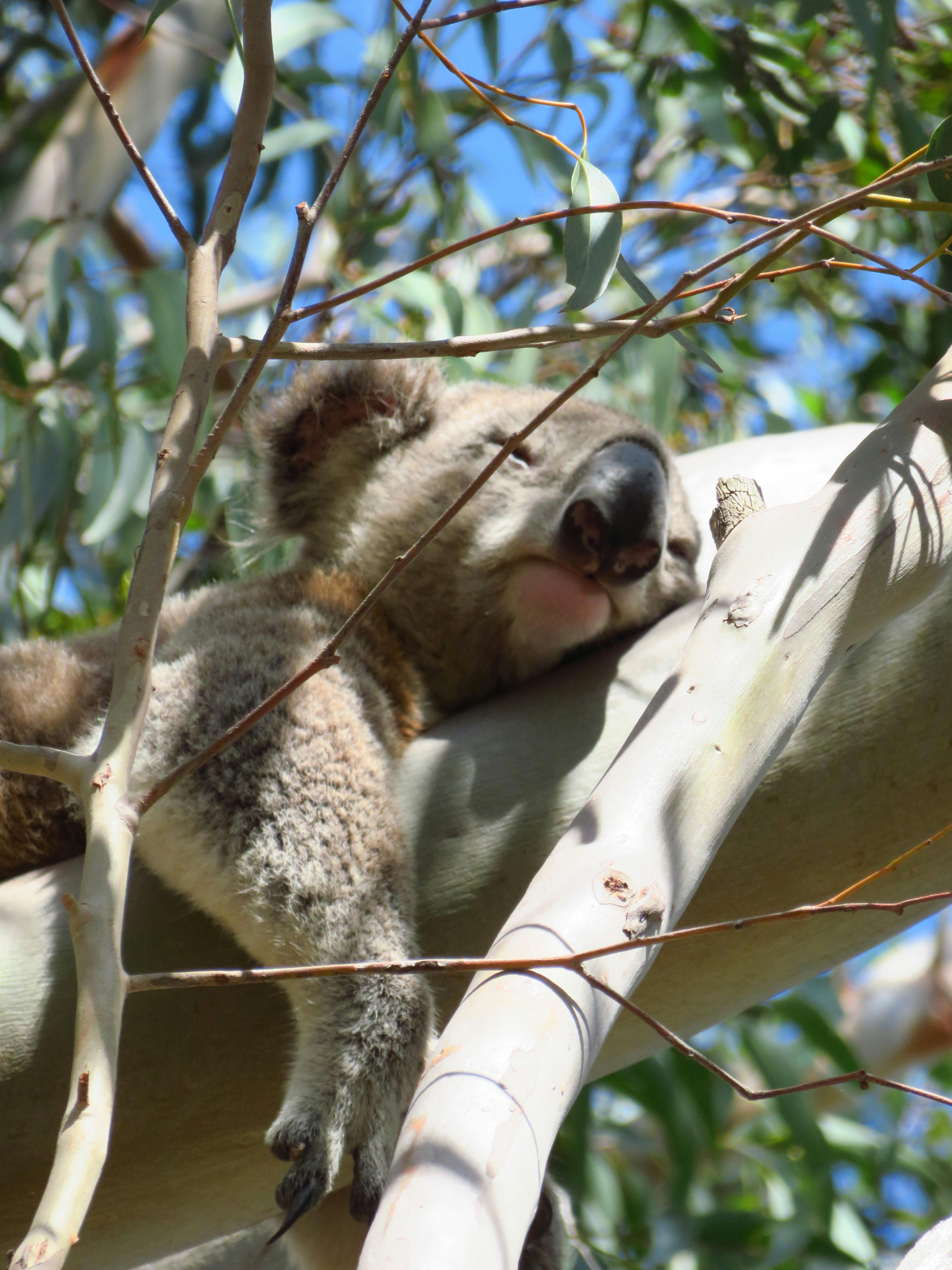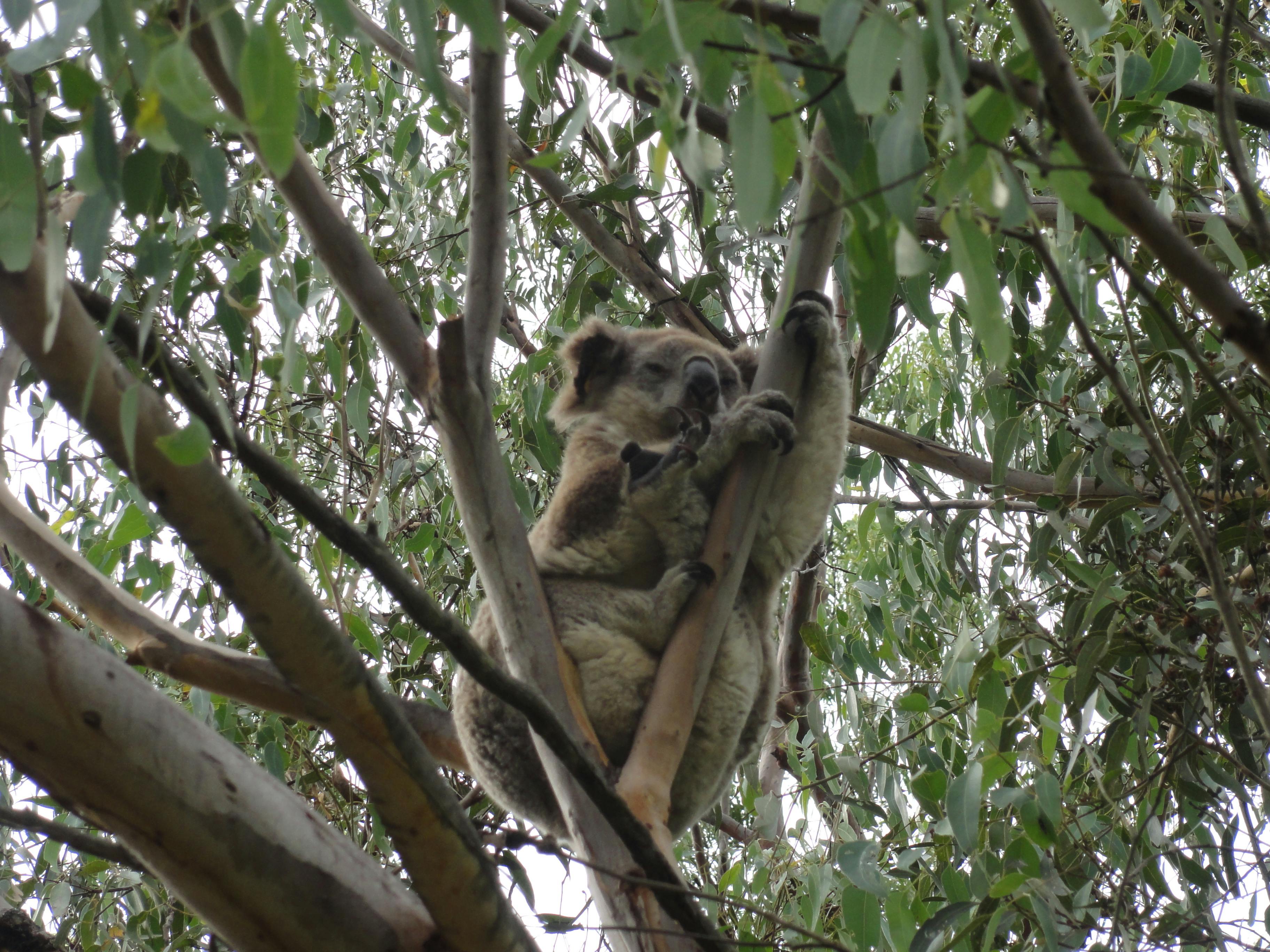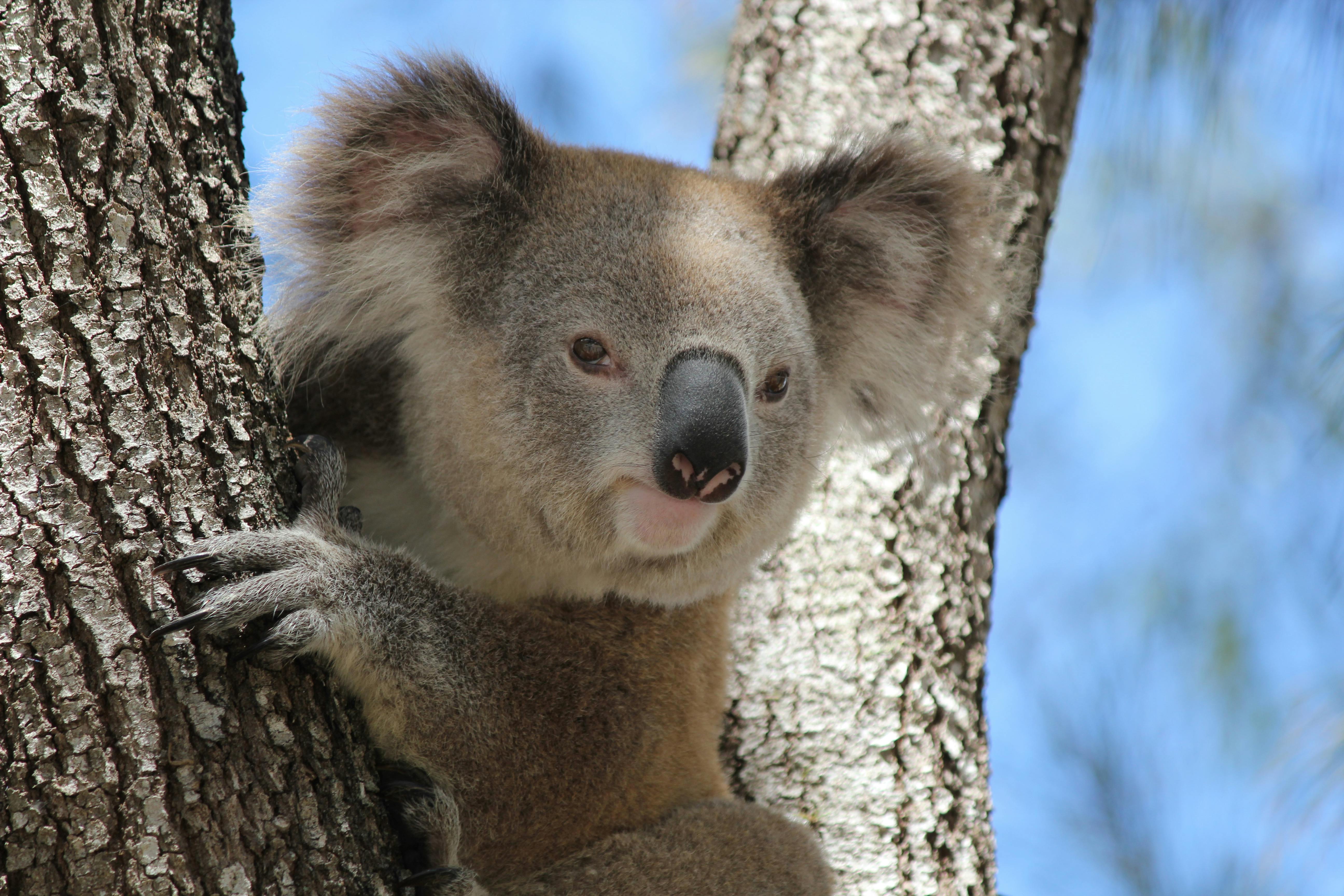Koalatown
Consultation has concluded
-
Council endorses changes to Local Environment Plan
Share Council endorses changes to Local Environment Plan on Facebook Share Council endorses changes to Local Environment Plan on Twitter Share Council endorses changes to Local Environment Plan on Linkedin Email Council endorses changes to Local Environment Plan linkMedia Release - 15 June 2020
Vegetation of high and general ecological significance, including koala habitat, has been mapped out across the LGA for the first time as part of a review of Council’s Local Environment Plan.
Council endorsed amendments to Campbelltown’s Local Environment Plan (LEP) on Tuesday night to bring the planning document in line with the Greater Sydney Commission’s Western District Plan.
One of the key amendments was the inclusion of biodiversity mapping which used an LGA-wide study of vegetation commissioned by Council and data from other government agencies to better identify areas of significant vegetation.
“This mapping will ensure that ecologically significant vegetation, including important koala habitat, is woven into our core planning policies to facilitate their ongoing protection,” Mayor George Brticevic said.
“These changes are in line with the community’s vision for a green, sustainable city that is connected to its heritage and natural environment,” he said.
Updates also include:
- The formalising of a Scenic Hills Preservation Area map.
- Health objectives for Campbelltown.
- Increased building height limits for industrial zones.
- Rezoning of land at Western Sydney University to reflect current and proposed uses.
- Prohibition of sex services premises in the B5 Business Development zone.
- Conversion of deferred areas to the current LEP.
The LEP will now be forwarded to the Department of Planning, Industry and Environment to be formalised.
-
Campbelltown is Koalatown
Share Campbelltown is Koalatown on Facebook Share Campbelltown is Koalatown on Twitter Share Campbelltown is Koalatown on Linkedin Email Campbelltown is Koalatown linkMedia Release - 7 May 2020
Council is calling on residents to join the Koalatown initiative to help Campbelltown’s precious koalas continue to thrive and flourish.
Campbelltown and the surrounding bushland is home to about 300 koalas who are believed to be one of the only chlamydia-free populations in Australia.
The community-based initiative encourages people to take actions that support living in harmony with our local koala population and will also see a number of Council programs fall under the Koalatown banner.
Part of the initiative encourages people, particularly those living near bushland, to take meaningful actions on their own properties and when driving on local roads.
Mayor George Brticevic said Campbelltown residents had always shown a passion and commitment to protecting local wildlife.
“Campbelltown has always been a place where koalas have lived and flourished and we want to ensure that it remains so in the future,” Cr Brticevic said.
“Many amazing people have researched and studied our local koalas over many years to provide us with the in-depth knowledge that we have today,” he said.
“It is important that as a community, we work together to protect our precious koala colony. We know that across our townships are some of the most significant urban koala corridors in the state and we are investing resources to ensure their ongoing conservation and protection,”
To launch Koalatown, Council is offering residents free packs containing items like a Koalatown dog lead to encourage responsible pet ownership in areas where koalas travel or live.
“Koalatown is about building community awareness about the simple actions that we as residents can take to help us live harmoniously alongside koalas and other wildlife,” Cr Brticevic said.
“The nomadic nature of koalas means that they often share our backyards and our roads as they travel between and across the habitat corridors within our urban areas,” he said.
“More than 70 percent of koalas presented to the veterinarians have been attacked by dogs or struck by a vehicle.
“We want people to think about how simple changes in behaviour, such as driving carefully on the roads or keeping your dog on a lead near bushlands, can help keep our koalas safe.”
Over the coming months Council will be holding a number of Koalatown-themed events and programs.
These include posting informative content on Council’s social media channels to raise awareness about the work of carers and rescue organisations in the region and what residents can do to make their home and suburb a safe place for koalas to move through.
-
Support your local koala by planting trees on Wild Koala Day Listen
Share Support your local koala by planting trees on Wild Koala Day Listen on Facebook Share Support your local koala by planting trees on Wild Koala Day Listen on Twitter Share Support your local koala by planting trees on Wild Koala Day Listen on Linkedin Email Support your local koala by planting trees on Wild Koala Day Listen linkMedia Release - 3 April 2019
Residents living near a koala colony will be encouraged to plant trees that extend the natural habitat into their backyards.
Council is undertaking its third year of tree planting within key koala habitats in the region and will be supported this year by Greening Australia and the WWF Australia for Wild Koala Day on May 4.
As part of the project more than 3,000 trees, shrubs and grasses beneficial to koalas will be planted in a key koala corridor at Cook Park, Ruse.
Campbelltown has one of the most significant colonies of koalas in New South Wales and one of the only ones that is disease free.
"The support of Greening Australia and WWF is a good indication that we are on the right path in Campbelltown to preserving and fostering habitats for our wild koalas,” said Mayor George Brticevic.
“The presence of koalas in significant numbers in our area is a great privilege for anyone living here, but equally a big responsibility to ensure the long-term sustainability of the colony,” Cr Brticevic said.
“Residents can play a part in fostering the koala habitat by planting the right trees in their neighbourhood and we will give them the information and tools to make that possible,” he said.
Council is actively engaged in discussions on a long-term koala management plan and has initiated various Bush-care groups and community education programmes.
This is the third year Council is supporting Wild Koala Day, and this year’s event will involve site preparation, planting of local natives including koala food trees and ongoing maintenance to enhance the Cook Park corridor which is a key link between the Georges River and Smiths Creek Reserve.
The Wild Koala Day event is being held at Cook Park, Ruse, from 2pm-5pm, Saturday, 4 May, and will tie into the upgrade of the Cook Park play space.
Species planted on the day will include koala specific eucalyptus trees, acacia, kunzea, lomandra and kangaroo grass.
The planting day is part of a larger project that will see Greening Australia mapping 100,000 ha of south west Sydney, including the Campbelltown local government area, to identify critical areas for koala habitat restoration on public and private land. WWF Australia is funding the work.
“This planting day is a great opportunity for people from Sydney to reconnect with nature and do something to help this iconic species thrive,” said Michael Vyse, Greening Australia Program Manager.
“It’s also a meaningful first step in a much bigger piece of work for the ongoing growth of the local koala population.
“The mapping we are doing will identify areas that would be most meaningful and functional as habitat for koalas if restored – like Cook Park where we are planting for Wild Koala Day.
“The results will enable residents in south west Sydney to actively contribute to regenerating core koala habitat corridors, in their community and in their own backyards.”
Council will also provide environmental education specific to koalas to local schools and will host a walk and talk and spotlighting animals of the night event in the evening of the planting day.







